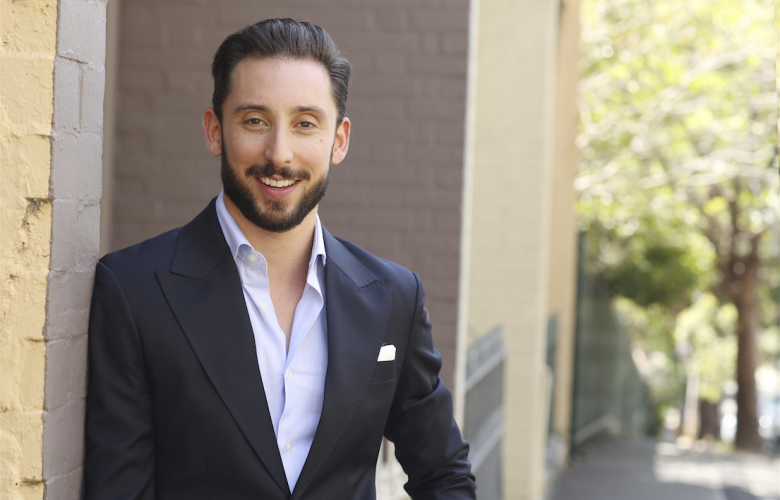Where to look for property in 2017: Simon Cohen of Cohen Handler
Contact
Where to look for property in 2017: Simon Cohen of Cohen Handler
Simon Cohen, co-founder and managing director of Cohen Handler, recommends buying property near new infrastructure in 2017.
Australia's largest property markets went from strength to strength in 2016, but where should propespective buyers be looking in 2017?
Simon Cohen, co-founder and managing director of buyers agency Cohen Handler, answered SCHWARTZWILLIAMS' questions about what to look for in 2017.
Q: Can you identify a suburb in each of Sydney, Melbourne and Brisbane where you expect to see solid growth in 2017?
There will be a number of growth suburbs across the three major cities.
In Sydney, we are noticing the pattern of young professional couples buying in areas near the new light rail in Northbridge, Castle Cove, the Lower North Shore, and Cammeray. In the inner city, there is pick up in suburbs like Kensington, which is close to not only the light rail, but UNSW and the Prince of Wales hospital as well, so will always have plenty of tenants as accommodation continues to be sought after.
In Melbourne, the central suburbs of Carlton and Fitzroy to Brunswick, Northcote and Thornbury, to Coburg, Preston and Reservoir will continue to be highly sought after due their proximity to by public transport, parks, restaurants and bars. The ripple effect that has occurred within these suburbs will continue north in 2017.
In Brisbane, the areas of Clayfield, Wooloowin, New Farm, Paddington and Ascot are going to see a lot of growth in the next year, due to an increase in large scale buildings being constructed in the area.
Are there some areas you think we’ll see a slowing of prices in 2017?
There are a few areas that will be slowing down during 2017. Frenchs Forest in Sydney has seen huge growth but this will level out over the next twelve months. Similarly, we will also see a slow-down in Artamon and the Northern Beaches. The apartment market in Bondi is going to slow down as well due to the increase in developments that will be finalised in the next few years, increasing supply in the area.
The inner west suburbs of Melbourne such as Yarraville and Seddon will see a rental yield compression trend, as the perceived ‘value’ of these suburbs are being called into question, particularly in comparison to the suburbs of the inner north. There will be a possible oversupply issue in East Brunswick due to the sharp increase of the number of apartments either for sale or under construction in the area.
Brisbane will see the areas of Newstead, Albion and South Brisbane slowing down as these are the areas that developers were building in, but moving away from in the next year or two.
What types of property do you think will do well in 2017? Should investors be focusing on houses and apartments, or medium density homes such as townhouses and terraces?
In North Sydney, family homes will be a great investment. There is also quite a trend for first home buyers entering the property market to buy one bedroom, one bathroom, no parking properties in the inner city suburbs of Chippendale, Surry Hills and Darlinghurst. This is due to the popularity of sharing platforms such as AirBnB, which has boosted the short term holiday rental market.
The hottest property types in Sydney would be two or three bedroom apartments in the east and inner city areas, as there has been a great deal of downsizers selling in 2016.
Melburnians are happy living on smaller blocks of land, and this trend will continue into the new year. Cohen Handler’s belief that land should be viewed as qualitative rather than quantitative when it comes to dimensions is getting stronger.
What do you predict for the property investor market in 2017?
For Sydney, it’ll be a great investment to purchase property near the new light rail that is currently being built. Once the light rail is completed, access to the CBD will be more efficient. Additionally, a lot of investors have begun purchasing property on the Central Coast as suburbs around there have low entry prices, which is a solid investment for the future. There has been about 15 to 20 percent growth in the area in the past year and the returns are sitting at 5 per cent.
The increase in the Melbourne population, which is resulting in more traffic congestion, has revealed the growing trend of purchasing property with good walkability to public transport, particularly rail. An example of this is the recent purchase of a 64 sqm block in Albert Park that sold for $1.3 million.
For Brisbane, purchasing a house anywhere is a good investment in the long term, but paying attention to location is more important. If you can’t afford a house in a particular suburb, change your strategy and look into units and other small properties. Units in areas like Ascot are great investment options. Keep an eye out for undersupplied areas — while more competitive, these areas often provide great returns.
See also:
Property market forecast: Sydney in 2017





